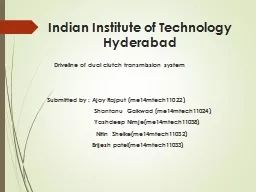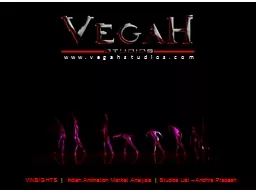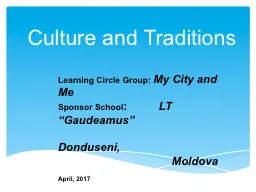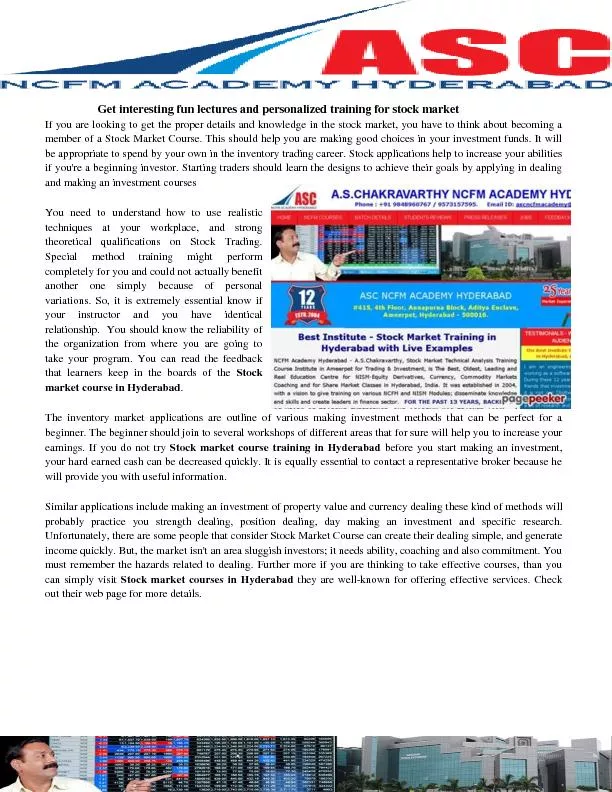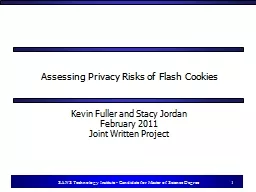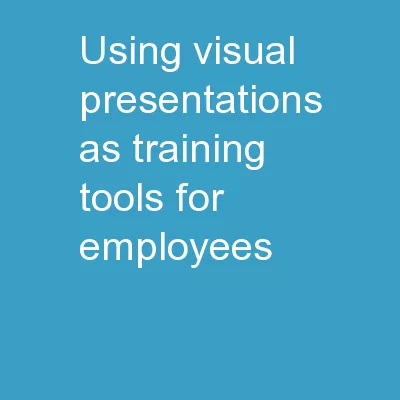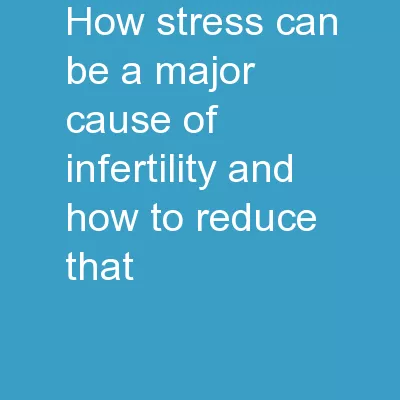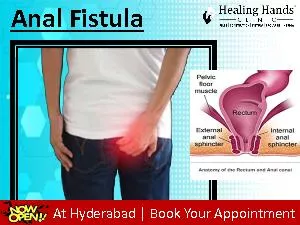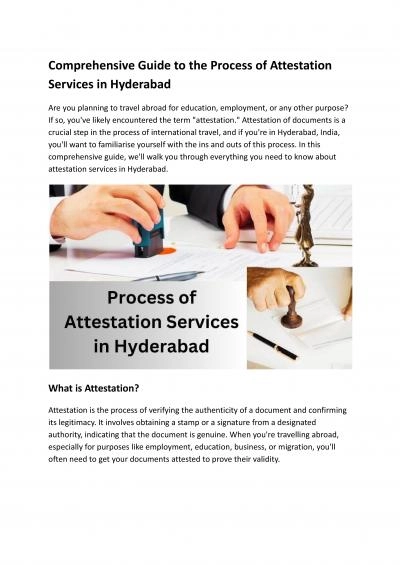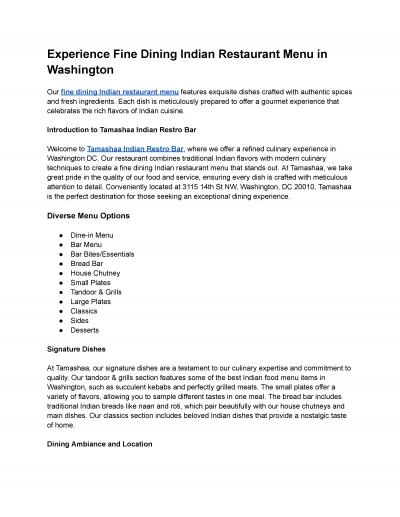PPT-Indian Institute of Technology Hyderabad
Author : marina-yarberry | Published Date : 2016-09-05
Driveline of dual clutch transmission system Submitted by Ajay Rajput me14mtech11022 Shantanu Gaikwad me14mtech11024
Presentation Embed Code
Download Presentation
Download Presentation The PPT/PDF document "Indian Institute of Technology Hyd..." is the property of its rightful owner. Permission is granted to download and print the materials on this website for personal, non-commercial use only, and to display it on your personal computer provided you do not modify the materials and that you retain all copyright notices contained in the materials. By downloading content from our website, you accept the terms of this agreement.
Indian Institute of Technology Hyderabad: Transcript
Download Rules Of Document
"Indian Institute of Technology Hyderabad"The content belongs to its owner. You may download and print it for personal use, without modification, and keep all copyright notices. By downloading, you agree to these terms.
Related Documents

